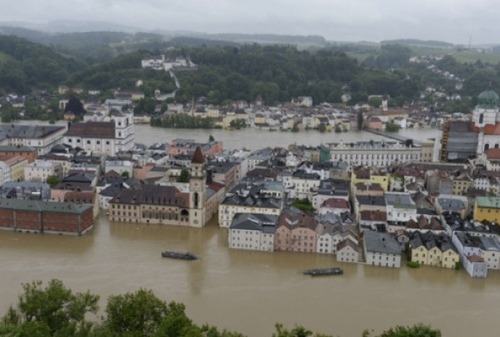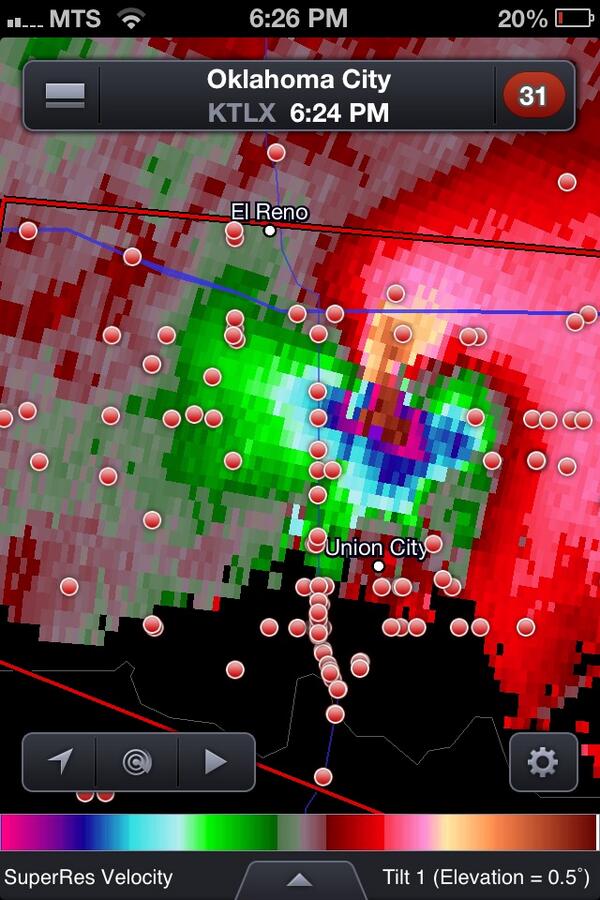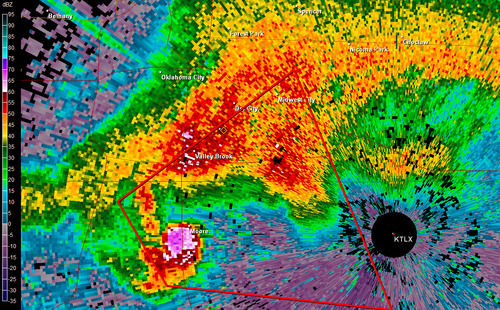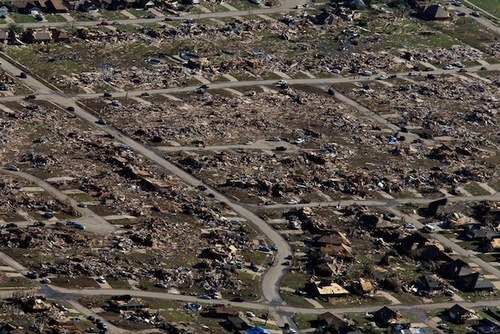Colorado’s Black Forest Fire
Residents of Colorado Springs and surrounding areas have been on high alert this past week because of wildfires in the area that are burning out of control. Currently, there are three large fires burning in Colorado. The largest wildfire of the trio is known as the Black Forest Fire. This fire covers about 60 square kilometers and has destroyed about 400 homes already, as of Friday evening. Unfortunately, two people have also perished from this fire. On Friday thunderstorms moved over the area but although they brought much needed rain, they also had undesired effects such as cloud to ground lightning strikes that potentially sparked up new fires. The Black Forest Fire is around 30 percent contained as of Friday evening so firefighters still have quite a bit of work to do this weekend.
The reason for such extreme wildfire events this spring in Colorado can be associated with drought. The severe drought that was seen throughout the US Plains last year and into this spring has shifted slightly further west. Although areas of the Plains have been mostly relieved of drought from thunderstorm activity this spring, Colorado has continued to experience severe to exceptional drought. The town of Colorado Springs is located under extreme drought which translates into little moisture available for vegetation and in consequence, wildfires are easily sparked.

Temperatures are expected to remain quite warm with highs in the upper twenties and even low thirties in the area this weekend, not helping the fire risk. There is also a chance of storms. The longer range doesn’t look promising for drenching rains either as a ridge is expected to redevelop in the southern US Plains mid next week.




